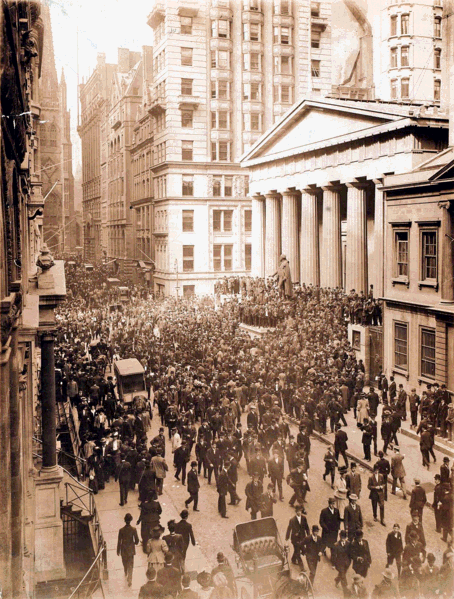|
|||
The Monetary Cycle and GoldDavid Nichols Through a fortuitous chain of events, I have recently uncovered the 36 year energy wave that shapes and influences every major trend in financial markets. This wave can be traced back in perfect alignment with all of modern market history, and far beyond. This 36-year wave is pointing unequivocally to a major top in gold in 2016. This should be the “big one” that gold bulls have been waiting for, as prices break free and come unglued from paper currencies, with no price seemingly too expensive in dollars, euros, yen, etc. How can we be confident that 2016 is the time for this? Because there is a perfect 36 year monetary cycle that is scheduled to hit its next climax in 2016. To help alleviate any initial skepticism let’s go back and see how this 36-year cycle fits the historical record on gold. If we go back 36 years from 2016 we get the big blow-off bubble top in gold, in early 1980. The top in gold came in January 1980, which was right in the forecasted timing window. Interestingly, one of the precise timing dates – which can be worked out well ahead of time -- was March 27, 1980.
This date is now known as "Silver Thursday" as this was the exact date that the Hunt Brothers got blown out of their infamous attempt to corner the silver market. If we continue back 36 years from 1980 we come to 1944, during World War II.
Gold did not trade freely during this era, due to government intervention, but this was the exact month of the Bretton Woods conference, which led to the establishment of the dollar as the reserve currency, as well as the IMF. It was a monetary climax. Interestingly, the energy wave had July 1944 pegged for the monetary climax, and this was the exact month of the Bretton Woods conference, which took place from July 1 to July 22nd, with the agreement signed on the final day. If we go back to the prior 36-year wave, we get the "Panic of 1907" where J.P. Morgan had to single-handedly keep the financial markets from freezing up.
Gold did not trade freely back then either, but the stock market took a harrowing 45% plunge in only 6 months. This was the precursor to the establishment of the Fed about 7 years later. 36 years before that we get another panic, the "Panic of 1873" which came about due to a manipulation of the gold and silver standards of the time by the Germans, which led to a worldwide chain reaction. So again, this was an important moment for currencies and global economies.
And you guessed it, if you look up 36 years before 1873, you get the "Panic of 1837," triggered by a debt crisis and high unemployment (sound familiar?).
There was even a panic and recession from 1797 - 1800, which was the first one to hit the fledgling U.S. economy as an independent nation, due to excessive land speculation, and some deflationary actions from the Bank of England. One characteristic of these monetary crises throughout history, and specifically at this point in the wave, is a widespread panic among depositors that their money is no longer safe, which triggers a bank run. This is precisely what we’re seeing already with Cyprus and the euro.
The shocking money grab by European politicians in Cyprus is a huge warning signal about what is in store heading into 2016. Cyprus was just a precursor, as the real climax of this monetary phase of the energy wave does not hit until 2016. Perhaps I should start referring to this as the “Bank Run Phase” of the energy wave, as this is what seems to happen nearly every time. By now we all should realize that financial markets are far from the perfect rational economic mechanisms claimed by academics, where an all-seeing and all-knowing collective human consciousness is able to perfectly anticipate and predict the future. This is compelling stuff for an economics professor, wrapped up in elegant theories, but back down in the real world we know that financial markets – and especially the gold and silver markets -- are a writhing, seething cauldron of human emotions. There is nothing rational about them. Markets rise and fall in predictable waves because the underlying mechanism that moves markets –human emotions – are subject to a changing energy climate that can be studied, cataloged, and interpreted. This energy wave can also be forecasted, well in advance, with remarkable precision. On my new web site Market Energy Waves www.marketenergywaves.com you can find much more information on this underlying energy wave that shapes and influences the course of economic and market history. ### Apr 26, 2013 |






